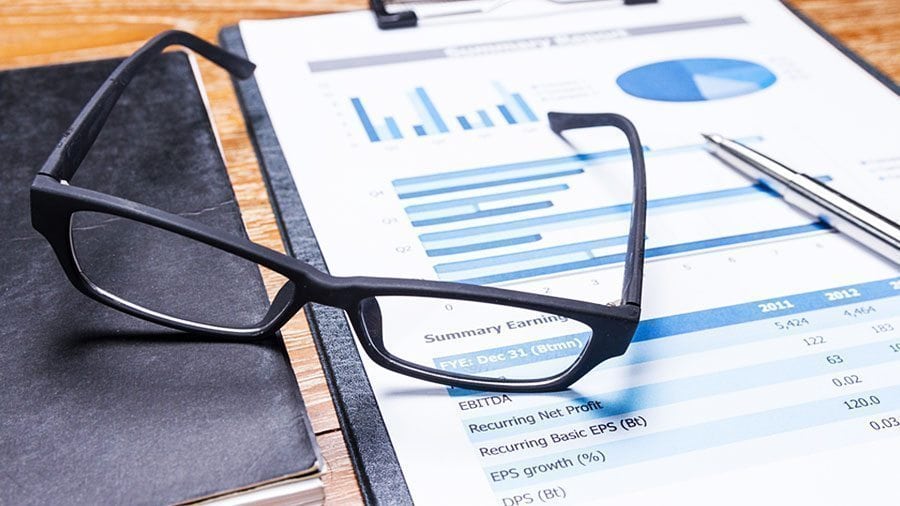In accounting, the fundamental equation that lies at the heart of the profession is the following: assets = liabilities + stockholder’s equity. In other words, what you own is equal to what you owe and the worth of the company. These three separate areas can be found on a balance sheet, which acts as a snapshot of the company’s total financial health at the specific point in time it is calculated.
For an individual, stockholder’s equity is taken out of the equation. To calculate net worth, assets need to be calculated and then liabilities need to be deducted from that number. However, there are multiple subsections of each area that need to be accounted for. If you’re interested in an accounting career, read on to discover five elements that need to be considered when calculating net worth.
1. Net Worth Can Be Partially Calculated With Cash and Cash Equivalents
Professionals with accounting training know that the first way to go about calculating a person’s net worth is to consider their cash and all cash equivalents that they have at their disposal. In this situation, a cash equivalent is something that could easily be converted to physical cash. These can be treasury bills, for example. When adding up the physical cash on hand—in chequing and savings accounts, and all equivalents—you can begin to approximate a person’s total net worth.
2. Consider the Market Value of Investments
The second element that needs to be taken into account to calculate a person’s net worth is the market value of their investments. In other words, how much everything they’ve invested would be worth today if they were to liquidate and convert them into cash. If you’ve received an accounting diploma, you might know that this second element includes any mutual funds, bonds, annuities, or stock options in which the person in question has invested their money.
3. Gauge the Value of Personal Property
The third and final element on the asset side of the equation to determining net worth is property value. Property value can include anything from art and jewelry to boats, vehicles, and real estate properties. To determine their worth, the current value (what it would fetch on the market today) is used. This specific element is different than the previous two in part because of how long and difficult the process of liquidating it could be.

Professionals with an accounting diploma calculate net worth by determining the value of investments
4. Secured Liabilities Need to Be Considered When Calculating Net Worth
Professionals who have been to accounting schools or who have completed an accounting college program know that the first type of liability that needs to be calculated is the secured one. A secured liability is a payment set at pre-determined intervals. For example, secured liabilities can take the form of a mortgage or a lease on a car. The total value of these liabilities needs to be included in a calculation of net worth because if they are not liquidated, the person in question needs to keep paying them.

To calculate net worth, unsecured liabilities like medical bills need to be taken into account
5. If You Have an Accounting Diploma, You Might Know to Consider Unsecured Liabilities, Too
The second form of liability that helps determine the net worth of a person is the unsecured liability. As students who have studied accounting might know, an unsecured liability is one in which the person has flexibility in payment. These liabilities generally take the form of credit card debt, medical bills, personal loans, or student loans. This value needs to be deducted from the value of the assets, as the net worth can only be determined when all of these unsecured liabilities have been paid off.
Calculating these five different subsections of assets and liabilities is the simplest way to determine a person’s net worth. It can be done by studying a balance sheet and looking at other financial statements.
Visit the Academy of Learning Career College for more information or to speak with an advisor.





